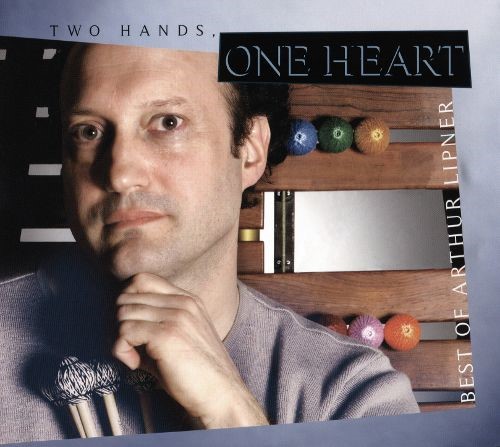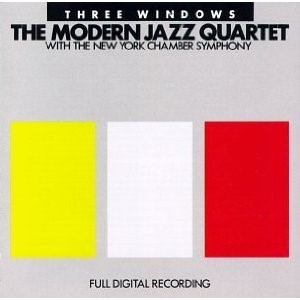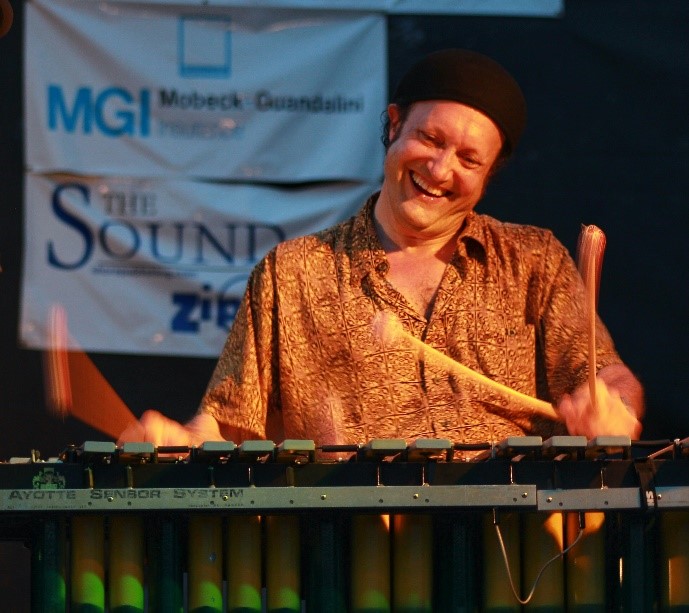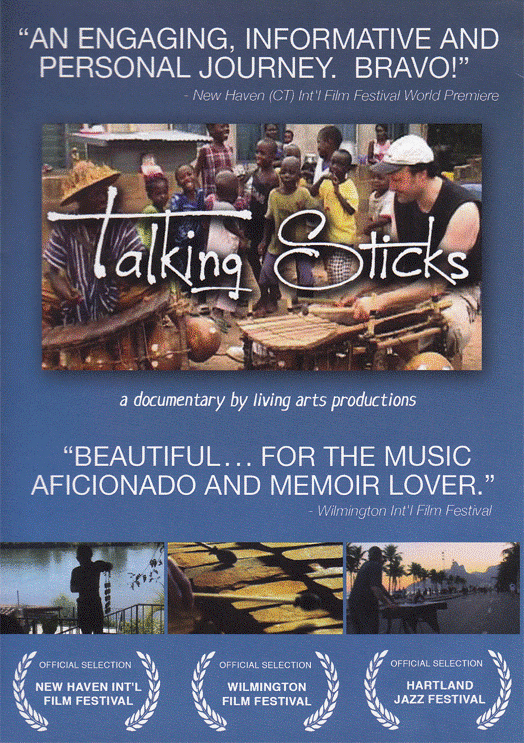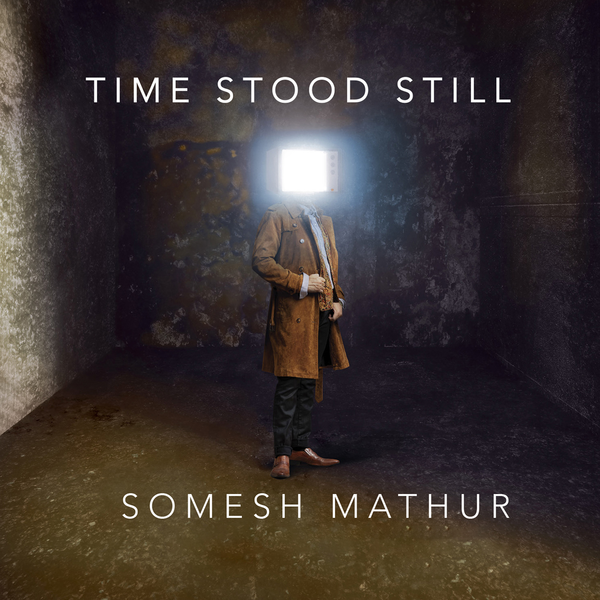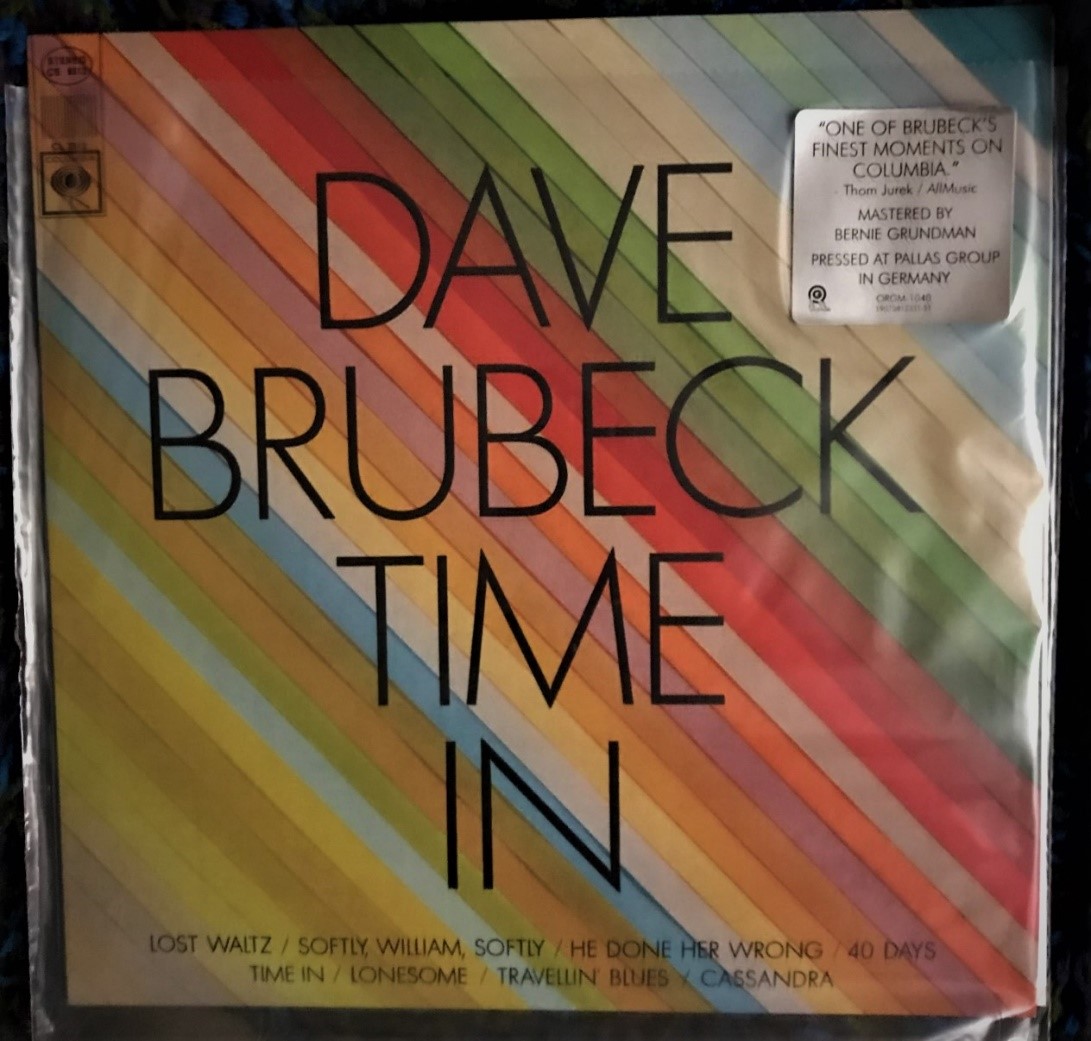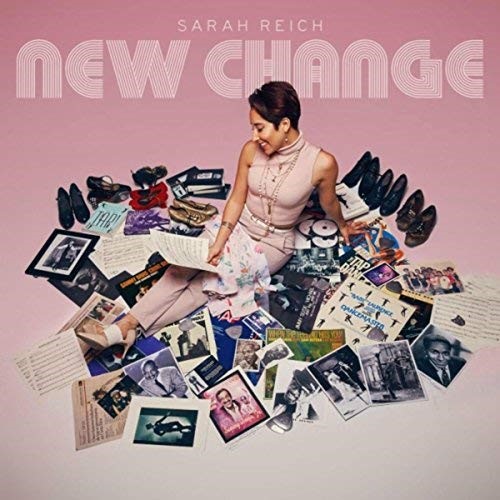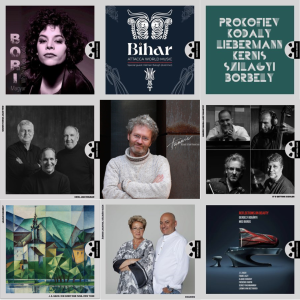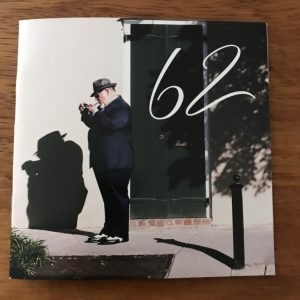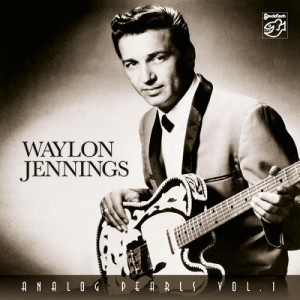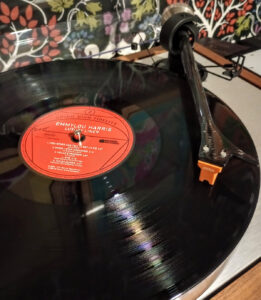Back in the '80s, when I was in college, I tried very hard to get into jazz. Many of my music-loving friends had already discovered it, and they constantly told me that if I found the right entry point I would totally dig it. I tried and I tried but I just couldn't find the same emotional connection that had already found through rock and, more recently at the time, classical. To me, jazz remained aloof, cerebral and perhaps a tad chaotic for a Southern California boy raised on The Beatles, Pink Floyd and Led Zeppelin.
As it turned out, I wasn't listening to the right jazz. Most of these friends were listening to fusion jazz—Weather Report, Return to Forever and Al Di Meola—and deep down I was a be-bop guy and I still didn't know it. I was still at least a couple of years from hearing Kind of Blue, Time Out, Way Out West and all the other jazz albums that would make my head and heart explode and fall in love.
But after I left college and wound up living in Virginia, I did hear one album that wound up being THE entry point, an album that I haven't listened to in many years—The Modern Jazz Quartet's Three Windows. I listened to it late one night on the local jazz FM station. This was 1987 and it had just been released; it was more of a reunion album than a true classic. I loved how MJQ was so measured, so deliberate and so effortlessly didactic when it came to making sense of this new musical genre for me. But what I loved most of all was the sound of Milt Jackson's vibraphone. I love how it wavered and flickered in the air. I loved focusing on the decay of the bars for as long as I possibly could until that ethereal tone was erased by the next strike of the mallet. Three Windows was the first jazz album I ever purchased.
Listening to Arthur Lipner's new "best of" CD, Two Hands, One Heart, takes me back to that day in 1987 and reminds me of how easily I am enchanted by the sound of malleted instruments. This 2-CD set offers more than two hours of Lipner's favorite performances from 1990 to 2015, which means you get a tremendous cross-section of musical styles and arrangements—chamber jazz, funk, Brazilian samba and yes, even a moderate dose of jazz fusion. But there's a common thread holding these 24 tracks together, even though this collection spans 25 years and features more than 40 musicians, and that's the clear, hypnotic work performed by Lipner on the vibes and the marimba.
The music contained in these two CDs Two Hands, One Heart are separated into acoustic (disc 1) and electric (disc 2), and the overall moods are very different. I find myself gravitating toward the first disc because it's more varied, as well as more intimate. The first track, "Crystal Mallet," is nothing but solo vibraphone, stunningly captured, and this is where you'll see Lipner's innovative style. He's not shy about manipulating the valves and the sustain pedals of the vibraphone, so he's able to extract a wide range of tonality through his instrument and produce notes that are cautious and clipped, or so extended that they seem to stretch indefinitely. Lipner is, after all, the type of inventive musician who might occasionally play with just his fingertips, or play a set in Norway on a xylophone made from ice.
On this first disc you'll discover so many possibilities of malleted instruments—the stops, the contributions of the individual resonators, the difference between two mallets and four mallets, even how to change the timbre of the bars by the method of the strike—just by hearing this man play for a couple of hours. It's downright educational. Some of the tracks on the acoustic disc risk being a little too pretty, a little too Windham Hill, but that's entirely forgivable since Lipner is providing such a close-up view of what he's doing, and how he's pushing the capabilities of malleted instruments without becoming too experimental or inaccessible to his audience.
On the second disc, Lipner is less introspective and more energetic, delving deeper into his trademark Caribbean and Latin rhythms. His playing here is more integrated into the musical whole, and more generous toward fellow musicians such as Tommy Igoe, Bruce Williamson, Glenn Alexander and many, many more. You'll even hear Lipner stretch out on steel drums and even the piano.
One of the most remarkable things about Two Hands, One Heart is that even though these two CDs cover 25 years' worth of recordings, the sound quality is consistently excellent. So many of these tracks, especially on the first disc, are so informative that it becomes clear that Lipner must be a bit of a perfectionist in the studio. There are a couple of exceptions—the cover of Al Green's "Let's Stay Together" seems less transparent and mired in a '90s digital glaze, but the performance is so electric that its inclusion here becomes obvious.
I also received a DVD copy of last year's Arthur Lipner documentary, Talking Sticks, which follows him to Iceland, Ghana, Mexico, Norway and Brazil as he traces and refines the cultural influences found in his craft. I haven't watched it yet, but I know it will add another layer of understanding to Two Hands, One Heart. (For the record, THOH was released last year in a digital download format but is now being offered as a CD as well.) While I'm digging my old DVD player out of the storage unit, I may grab that old Modern Jazz Quartet CD as well. And my old Milt Jackson LPs. And maybe Britten's Spring Symphony.
Two Hands, One Heart is that kind of recording.
(Malletworks Media, available at http://www.arthurlipner.com/, $15)




